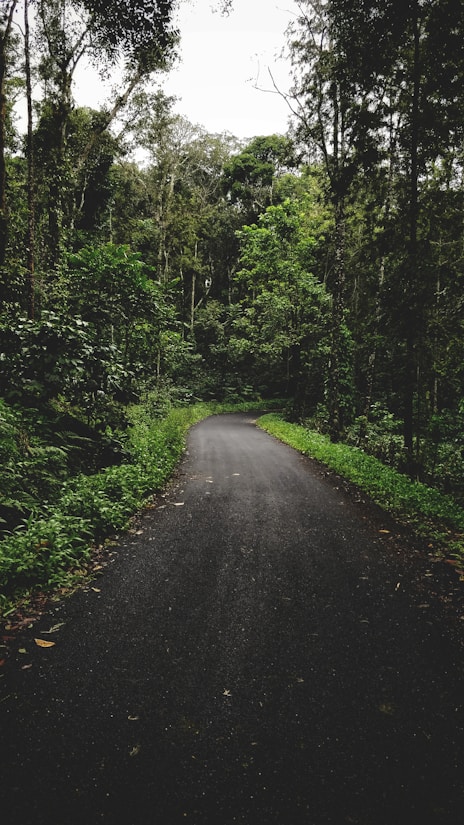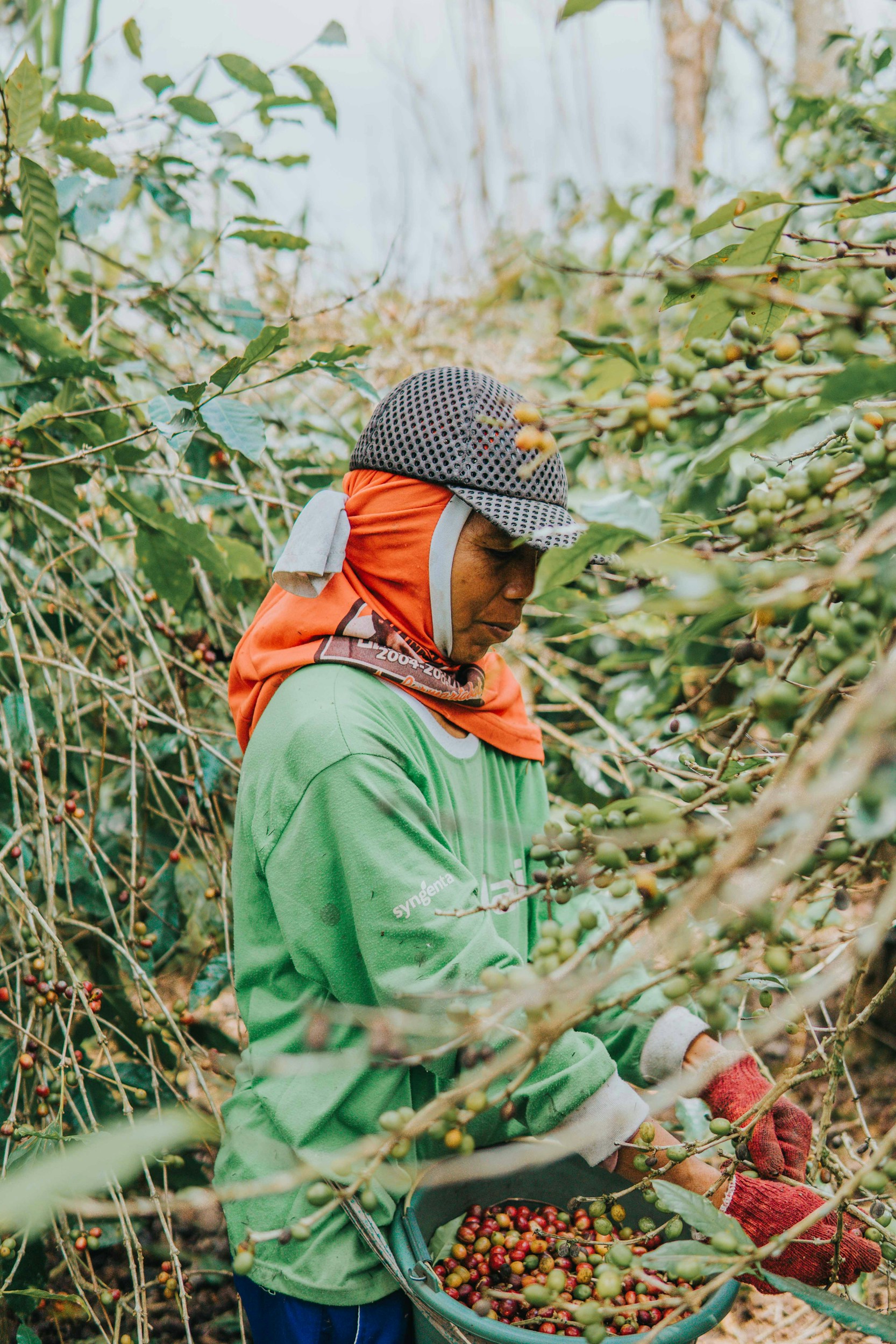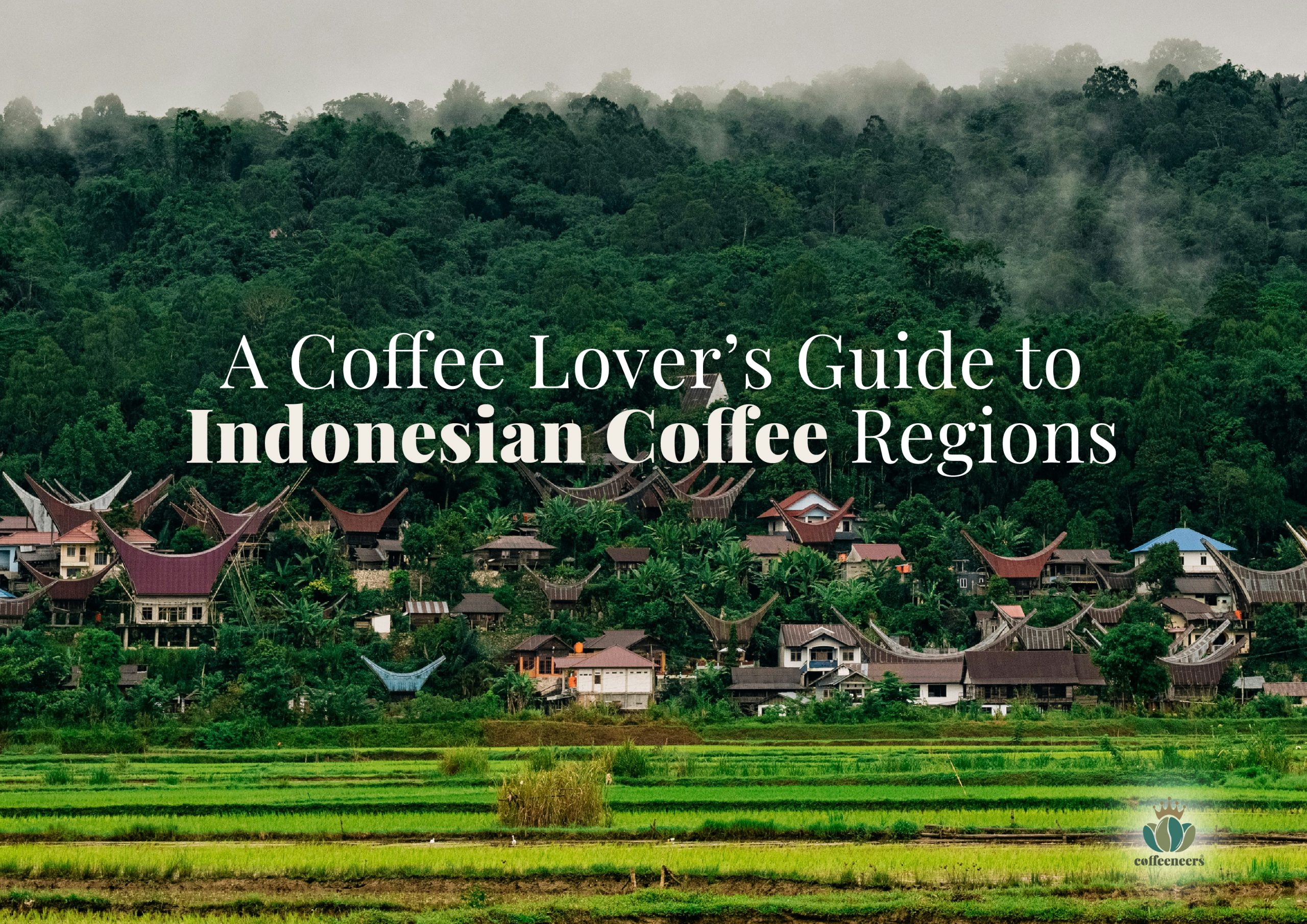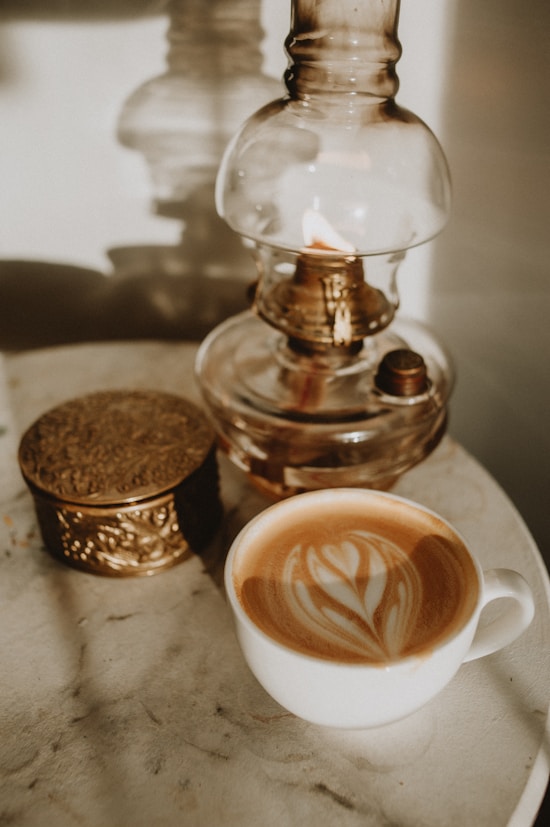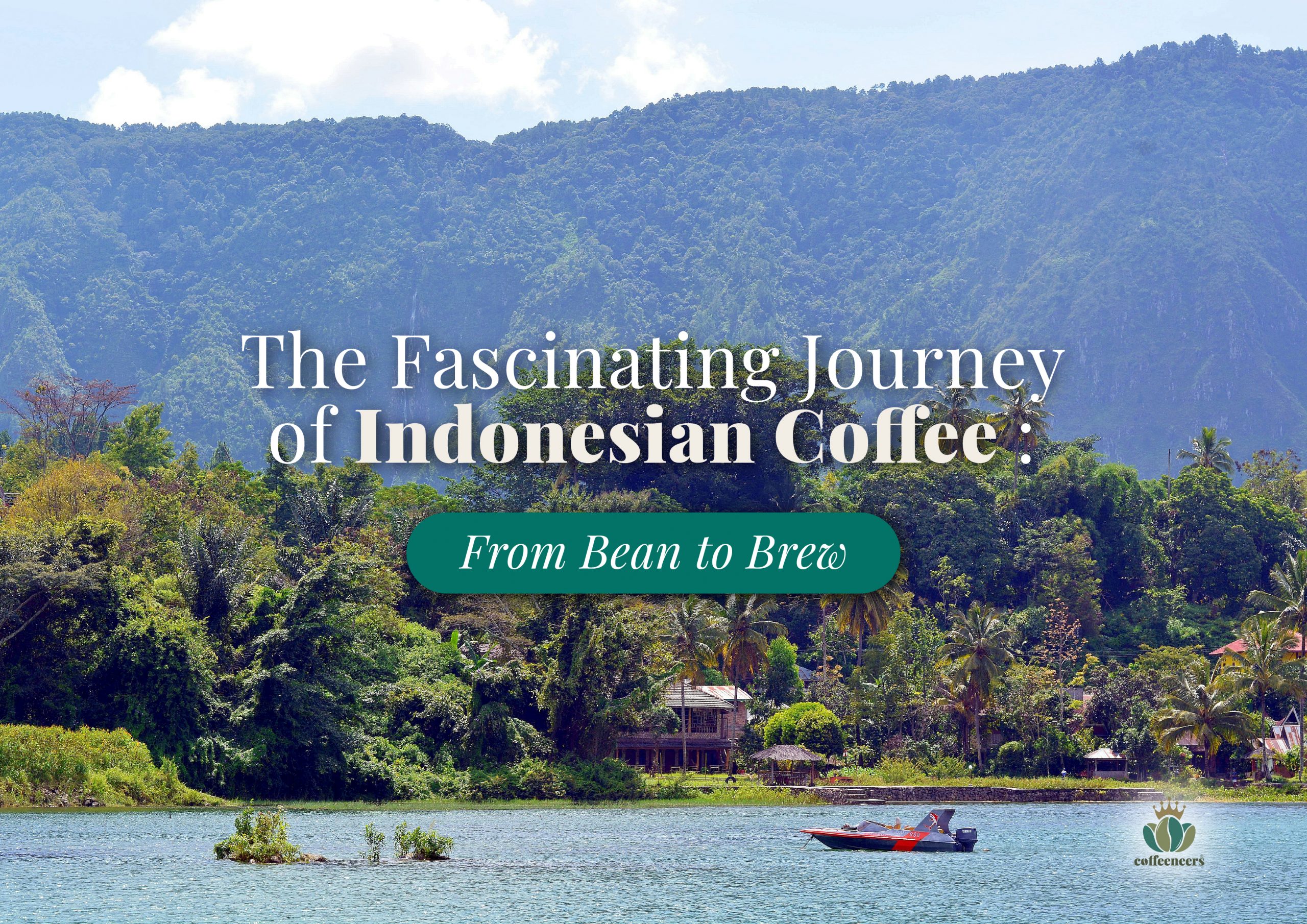An Introduction to
Indonesian coffee, with its exotic flavours, rich history, and diverse origins, is more than just a coffee beverage—it’s a sensory experience that tells a story. Each sip transports coffee lovers to the lush landscapes of Indonesia, where volcanic soil, tropical climates, and centuries-old traditions create a unique coffee culture. The journey of Indonesian coffee, from the moment the seeds are planted to the time it reaches your cup, is an intricate process immersed in heritage and passion. This article will take you on a fascinating journey, exploring how Indonesian coffee transforms from a humble bean into a delightful brew that is cherished around the world.
The Origins: Cultivation and Harvest
The story of Indonesian coffee begins in the fertile soils of the archipelago, where coffee trees thrive in some of the world’s most unique growing conditions. Indonesia is a land of islands—more than 17,000 of them—each offering distinct microclimates that influence the flavour profiles of the coffee grown there. The archipelago is home to both Arabica and Robusta coffee varieties, each with its own characteristics. Arabica, known for its nuanced flavours and higher acidity, is typically cultivated in the high-altitude regions of Sumatra, Java, Bali, and Sulawesi. In contrast, Robusta, with its bold and earthy notes, flourishes in the lower elevations of Sumatra, Bali, and Flores.
The journey starts on coffee farms, often small, family-owned plots that have been passed down through generations. These farms are nestled in the heart of Indonesia’s diverse landscapes, from the misty highlands of Gayo in Sumatra to the volcanic slopes of Mount Batur in Bali. The coffee trees, which are nurtured with care, produce cherries that ripen at different times throughout the year, depending on the region’s climate and altitude. This staggered ripening means that coffee harvesting in Indonesia is often an all-year-round activity, with farmers carefully selecting the ripest cherries by hand.
Harvesting coffee cherries is a meticulous process that requires patience and skill. The timing of the harvest is crucial, as only the perfectly ripe cherries will yield the best flavours. Farmers often walk through their coffee groves multiple times during the harvest season, picking cherries at the peak of ripeness. This method ensures that the quality of the beans remains consistently high, contributing to the complex and vibrant flavours that Indonesian coffee is known for.
Processing: From Cherry to Bean
Once harvested, the coffee cherries undergo processing to extract the beans within. The processing method used plays a significant role in determining the flavour profile of the final product. In Indonesia, two primary processing methods are commonly practiced: dry processing and wet processing.
Dry processing, also known as natural processing, is the oldest method of coffee processing. In this method, the freshly picked coffee cherries are spread out under the sun to dry. This process can take several weeks, during which the cherries are regularly turned to ensure even drying. As the cherries dry, the fruit pulp ferments slightly, imparting sweet, fruity notes to the beans. Dry-processed Indonesian coffees are known for their full-bodied flavour and rich, wine-like characteristics, making them a favourite among those who enjoy a robust cup of coffee.
Wet processing, on the other hand, involves removing the pulp from the cherries before drying the beans. This method is commonly used for Arabica coffee, as it tends to produce cleaner, brighter flavours with higher acidity. After pulping, the beans are fermented in water for up to 48 hours to break down the mucilage layer. Once the fermentation is complete, the beans are washed and then dried, either in the sun or using mechanical dryers. Wet-processed Indonesian coffees often exhibit a more refined and balanced flavour profile, with floral and citrus notes that are highly prized in the specialty coffee market.
Milling and Hulling: Preparing for Export
After processing, the coffee beans are ready for the next stage in their journey—milling and hulling. This step involves removing any remaining layers of dried fruit or parchment from the beans to reveal the green coffee beans inside. The beans are then graded according to size, density, and quality, with the highest-grade beans destined for export.
In Indonesia, milling is often done at local cooperatives or processing centres, where small-scale farmers bring their beans. Here, the beans are carefully inspected and sorted to ensure only the best quality beans make it to the international market. The hulling process, which removes the parchment layer, is a critical step in preserving the beans’ flavour and aroma. Once hulled, the green beans are typically packed in jute bags, which allow the beans to breathe during transportation, maintaining their freshness.
Indonesia is one of the world’s top coffee producers, and its beans are highly sought after in global markets. The country’s unique coffee-growing regions, such as Sumatra, Java, Sulawesi, and Bali, have gained international recognition for their distinctive flavours and high quality. Sumatran coffee, for instance, is known for its deep, earthy tones and full body, while Javanese coffee is celebrated for its smooth, mellow flavour. These regional differences make Indonesian coffee a favourite among coffee enthusiasts who appreciate variety and complexity in their brews.
The Art of Roasting: Unlocking Flavors
Once the green coffee beans reach their destination, they undergo the crucial process of roasting—a step that transforms them into the aromatic, flavourful coffee we enjoy. Roasting is both an art and a science, where the beans are heated to precise temperatures to develop their flavour profiles. The process involves a delicate balance of time and temperature, with slight variations resulting in different flavour outcomes.
In Indonesia, as well as in specialty coffee shops worldwide, beans are often roasted to medium or dark profiles to bring out the bold, earthy, and sometimes spicy notes that Indonesian coffees are known for. The roasting process caramelises the natural sugars in the beans, creating complex layers of flavour that range from chocolatey and nutty to fruity and floral. Indonesian coffee is particularly well-suited to darker roasts, which enhance its inherent richness and depth.
Master roasters carefully monitor the beans during roasting, listening for the “first crack”—a key moment when the beans expand and release gases, signalling the development of flavours. For Indonesian coffee, achieving the right roast is essential to unlocking its full potential. The result is a coffee that is not only flavourful but also reflective of its origin, with each cup telling the story of the land and the people who cultivated it.
Brewing: The Final Step in the Journey
The journey of Indonesian coffee reaches its peak in the brewing process, where the roasted beans are transformed into a cup of coffee that delights the senses. Whether brewed in a traditional Indonesian style, such as using a cloth filter (Kopi Tobruk) or a modern method like espresso, each brew offers a unique experience.
In Indonesia, coffee is often enjoyed black, with sugar, or with a splash of condensed milk, depending on regional preferences. Kopi Tobruk, for instance, is a popular method where coarse coffee grounds are steeped directly in boiling water, creating a strong, unfiltered brew with a thick, grainy texture. This method is cherished for its simplicity and the robust flavours it produces.
For those who prefer a smoother cup, Indonesian coffee can also be brewed using pour-over or French press methods, which highlight the coffee’s intricate flavour notes. In specialty coffee shops, baristas often experiment with different brewing techniques to bring out the best in Indonesian beans, offering customers a diverse range of flavour experiences.
As the brewed coffee is poured into a cup, the rich aroma fills the air, and the first sip reveals a symphony of flavours—earthy, herbal, fruity, and sometimes even spicy. The complexity and depth of Indonesian coffee make each cup a memorable experience, inviting coffee lovers to savour the journey from bean to brew.
In Conclusion
Indonesian coffee is more than just a drink; it’s a journey through time, culture, and geography. From the moment the coffee cherries are carefully handpicked in the misty highlands of Sumatra or the volcanic soils of Java, to the time the beans are roasted and brewed, every step in the process is a testament to Indonesia’s rich coffee heritage. The dedication of the farmers, the artistry of the roasters, and the passion of the baristas all contribute to the unique flavours that make Indonesian coffee a beloved choice for coffee enthusiasts around the world.
As you take that first sip of Indonesian coffee, you’re not just enjoying a beverage—you’re experiencing a slice of Indonesian culture and a taste of its lush landscapes. Whether you’re a seasoned coffee connoisseur or a casual drinker, the journey of Indonesian coffee is one that promises to captivate and delight, making every cup a truly special experience.


